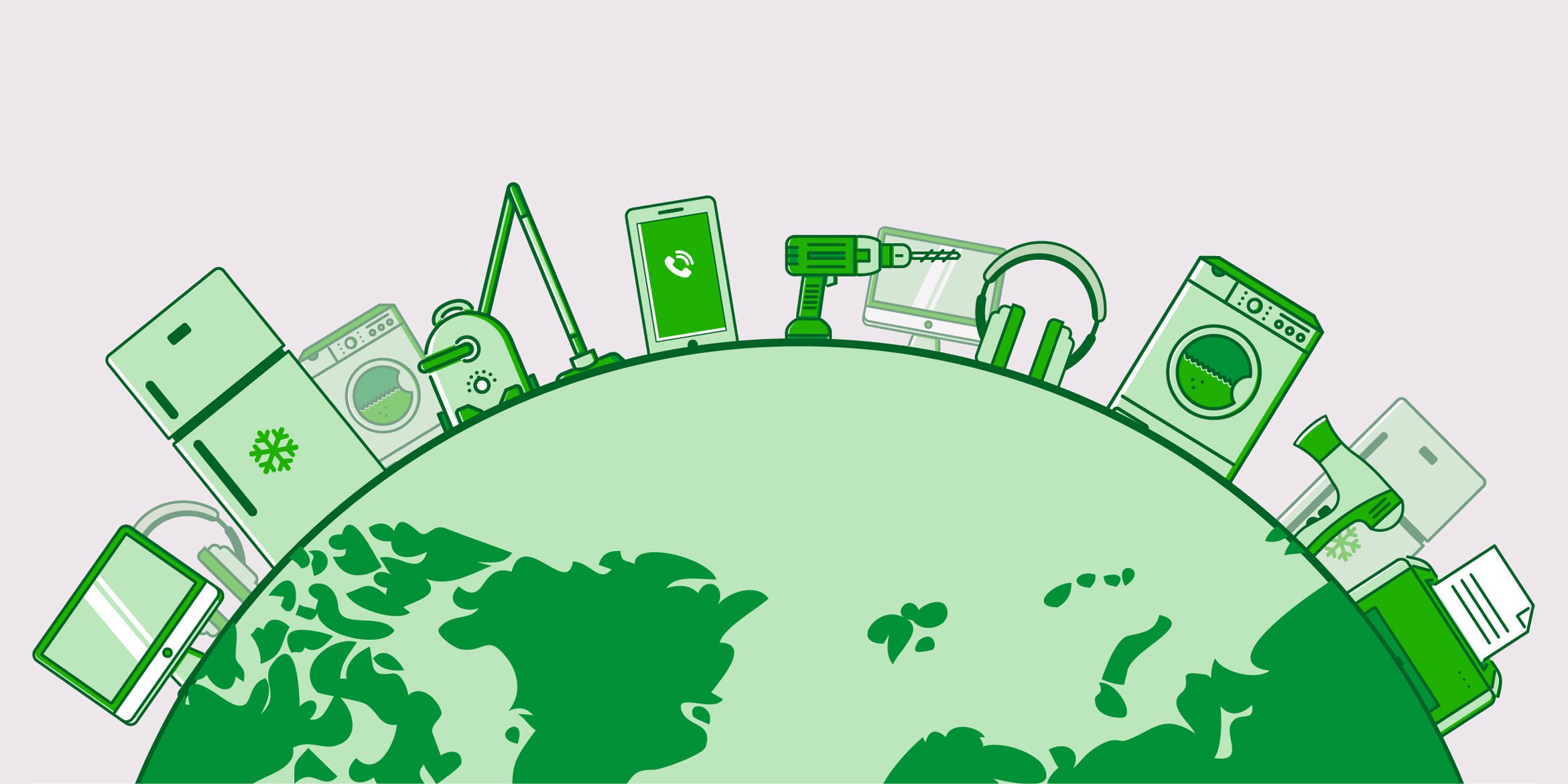In a world that needs to address the climate crisis, sustainability is at the top of everyone’s mind. Sustainability is achieved through maintaining proper ecological systems and one of the biggest problems to tackle is electronic waste (E-waste). Despite the goal of reducing waste, every year millions of electronic devices get thrown away after they no longer serve their purpose, whether due to broken components that make it unusable or people’s desire to upgrade. It is imperative now more than ever to learn how to manage E-waste.
What is Electronic Waste?
E-waste is electronic devices and appliances that are disposed of. These can include computers, phones, TVs, tablets, and many more. These devices have components of harmful substances, such as cobalt, lead, mercury, etc., that do not decompose and become extremely toxic to the environment. When mixed with soil, it can negatively affect living beings and organisms. That is why it’s important to know how and where to recycle them to make them useful and safe.
How Does E-Waste Pose as a Problem?
Newer technology has become an endless loop. People are more enticed towards upgrading their tech rather than being satisfied with their existing products. E-waste will be found, unfortunately, more likely in working condition than broken equipment. While new tech is built to be more convenient and sharper, it doesn’t compensate for the adverse environmental effects. E-waste presents health hazards to the public when not recycled. Moreover, it contributes to air pollution in the form of fine dust or toxic gasses after going through the process of shredding or dismantling. Not to mention when in contact with water bodies, it also harms our aquatic life that already faces plenty of mistreatment.
Reducing E-Waste: Easy Steps You Can Take
- Checking the product’s lifespan before buying: Avoid trendy products with short lifespans which will predictably die out soon. This is a very simple step you can check yourself.
- Check the packaging: Does the product have an environmental seal? The packaging will usually have the seal of approval from respected organisations or government agencies.
- Learn about electronic components: Being conscious about the different components and what they are made of will make you more aware of what toxins you might get exposed to. This can prevent unnecessary complications later on.
- Donations: Sometimes when you are done with an electronic device but can’t sell it off, the best alternative is to donate. This way someone who needs it can use it for longer rather than being disposed of in a landfill.
- Limiting your electronic use: This tip is easier said than done but limiting purchasing of electronic devices can also help bring down the excess demand happening in the market.
- Normalise recycling into your daily life: This is the most important and easy tip to practise. Recycling ensures that your products are safely converted into something new as well as do not end up in landfills and harm the environment.
- Maintain the electronics you currently use: This might seem difficult but learning how to maintain different electronics and their components will help extend their lifespan. You can get the most out of your equipment by practising sustainability yourself.
